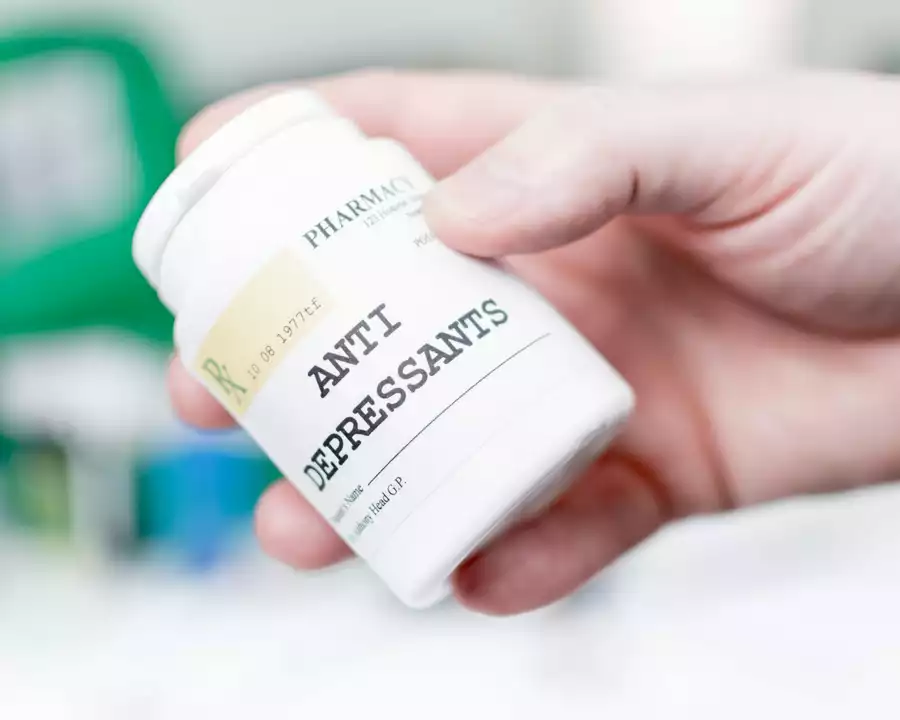Sertraline: What It Does and How to Use It Safely
Sertraline is a commonly prescribed antidepressant that treats depression, panic, social anxiety, PTSD, and OCD. It belongs to the SSRI family and raises serotonin levels in the brain. People often notice mood improvements within 2–6 weeks, but full benefits for conditions like OCD can take longer.
Typical starting doses for adults are 50 mg once daily for depression and anxiety, though doctors may start lower at 25 mg for sensitive patients. Doses can range from 25 mg up to 200 mg a day depending on response and tolerance. For children and older adults the dose is usually lower and adjusted carefully by a clinician.
How to take sertraline the right way
Take sertraline at the same time each day to keep steady blood levels. You can take it with or without food; if it causes nausea, try taking it with a small meal. If it causes trouble sleeping, take it in the morning; if it makes you drowsy, take it at night. Don’t stop suddenly — tapering down under medical supervision reduces withdrawal symptoms like dizziness, irritability, or flu-like feelings.
Expect side effects in the first few weeks: mild nausea, headache, dry mouth, sweating, or sexual side effects are common. Serious but rare risks include serotonin syndrome (high fever, tremor, fast heartbeat) and increased bleeding risk if combined with blood thinners or NSAIDs. If you notice severe symptoms, contact a healthcare provider right away.
Interactions, safety and practical tips
Avoid mixing sertraline with MAO inhibitors. Wait the recommended washout period between those drugs to prevent dangerous interactions. Tell your prescriber about all medications and supplements — herbal products like St. John’s wort can cause problems. If you take anticoagulants, blood thinners, or NSAIDs, your doctor will monitor bleeding risk.
If you’re pregnant, planning pregnancy, or breastfeeding, discuss risks and benefits with your clinician. For many people the benefits outweigh risks, but choices depend on individual history. Keep regular follow-ups early on so your provider can adjust dose, check side effects, and monitor mood or suicidal thoughts, especially in young adults and teens.
Buying sertraline online? Use only licensed pharmacies that require a valid prescription and show clear contact information. Watch out for sites offering large discounts without a prescription — they may sell unsafe or counterfeit drugs. Our site has guides on checking online pharmacies and ordering medications safely.
Missed a dose? If it's within a few hours, take it; if it's close to your next dose, skip the missed one — don't double up. Keep sertraline in a cool, dry place away from children. Tell your prescriber about persistent sexual side effects; options include dose adjustment, switching medicines, or timing sexual activity differently. Also avoid heavy drinking while on sertraline. Keep emergency contacts handy.
Want more specific info? Read full articles on dosing for different conditions, managing side effects, and safe online pharmacies. If you’re unsure about any change in mood or new side effects, call your healthcare provider — getting the right advice early makes treatment safer and more effective.
